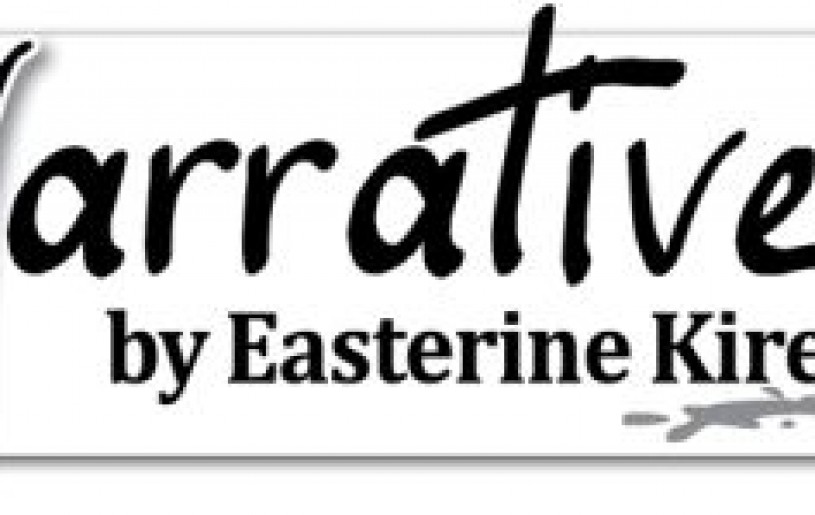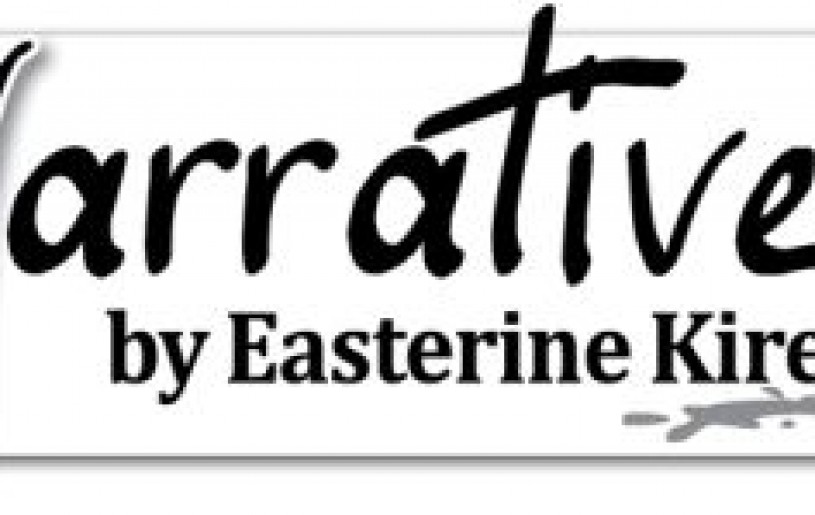
Who owns the domain of storytelling? Is it a male activity or a largely female activity? When a research scholar working on the theme of women affected by the AFSPA, tried to interview women in the villages, the scholar was told by the women, ‘You should ask the menfolk. We are women, we do not know the stories. It is the men who know the stories.” The interviewees spoke as though only the stories told by men were valid.
Yet in many families, it is the grandmothers who sit with the children in the evenings, and narrate story after story to them. That is a familiar pattern. The truth is, storytelling is not an activity dictated by gender. I see it more as driven by the storyteller’s interest, or in this case, fascination with the art, for it is an art and there are good storytellers and mediocre storytellers.
Yesterday we released LhutuKeyho’s first volume of short stories, entitled Avila’s lover and other stories. It was at Baptist College, Kohima. Outside the little chapel where the ceremony took place, the fog came up the street and covered the houses and added its charm to the evening. No one wanted to leave. And when we finally parted it was to walk into the homeward bound crowds and the cars snaking their way down the narrow roads.
That is rather what the effect of male storytelling resembles. The contemporary Naga male writer writes viscerally. He makes you confront reality head on. At the same time, it’s not fair to talk generally about Naga male writers in a group. Each new male writer has his own style and approach and importantly, he writes out of his own particular background which gives his writing its peculiar flavour.
LhutuKeyho is from Phek. Born in 1990, his characters and situations are at once familiar but also discomfittingly real. Why because they arepeople caught in social situations that are happening now, in this present time that we are living in. There is a brilliant story in the volume entitled, The Labour Unionist.It was placed first in the Wordweavers India competition 2017. Every Naga should read it. This short tale holds up an undistorted mirror of today’s Naga society to us. The magnetic protagonist who offers his services as a day wage labourer to provide competition to labourers from Bihar, and also to inspire Nagas to do manual work is a person all of us feel as though we know.
The author confesses that in real life no such person exists. One cannot help feeling that if such a peoples’ hero should emerge and give a clarion call, many would respond and it would go a long way to transforming our society. There are layers to this story, and the reader will find himself reflected in one or other of the layers and in one or other of the characters.
The other story that is so representative of our times is, ‘The envelope’ which is a suspense filled tale of a man who receives an envelope demanding a certain amount of money from a certain group in the Nationalist movement. How the mild mannered, hen-pecked protagonist tries to solve it without involving his wife will probably ring true for many government servants. It is art imitating life situations.
A male writer can talk knowledgeably about the addictive card games that many men throng to and throw away their days and wages on. A Pair of Gulaams had a tragic outcome and rings true in our home societies. It presents the unnecessaries of life that suddenly bring tragedy when we are in its web. The other stories are equally nice. My reason for highlighting these three stories in particular is by way of introducing what the reader can look forward to finding in Avila’s Lover and other stories.
The Naga storytellers are finding themselves occupying a role of stirring up social conscience through their art. It is as it should be; pointing society to a future that can be made better when every member puts in efforts into that work now. Funnily, acting as a public scold used to be the domain of journalism, and it used to be particularly expressed through the editorial. Many newspapers still do that, but fewer and fewer people read the editorials nowadays. It’s interesting that the new storytellers are taking over that space as well.






